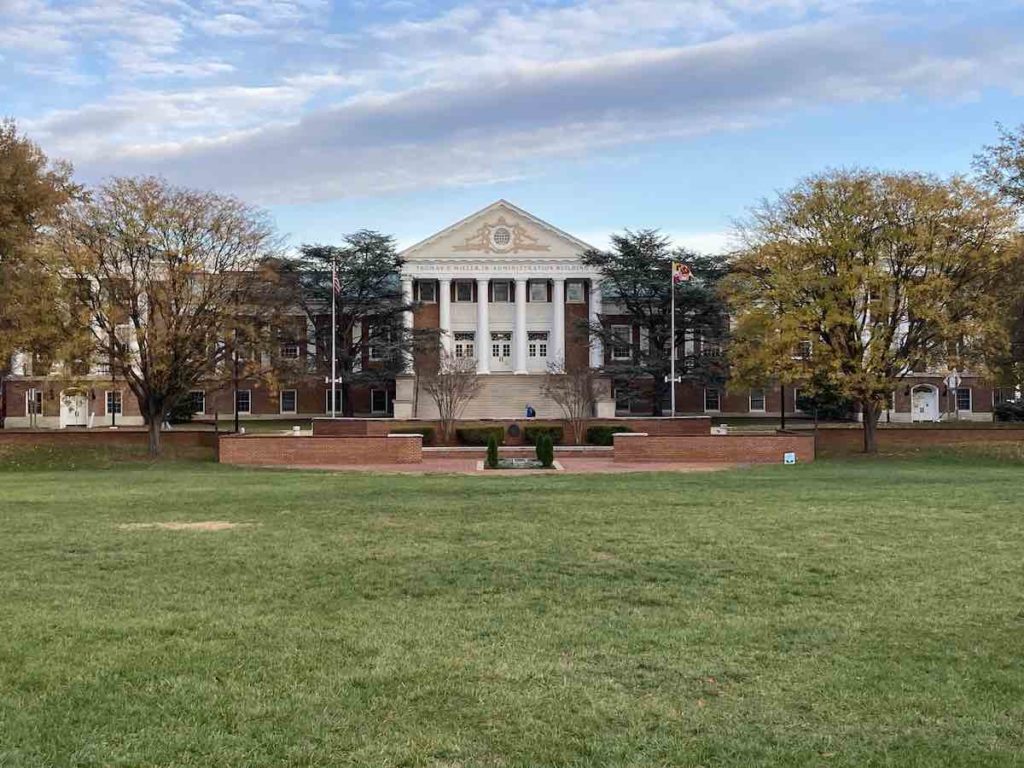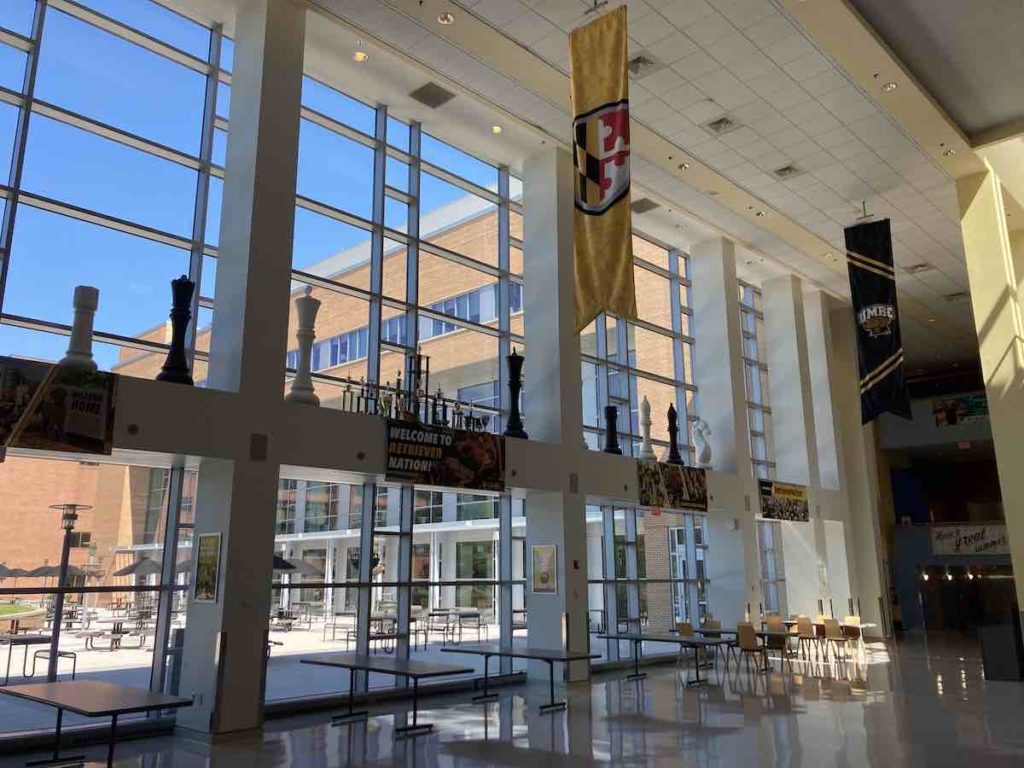What is a Public College or University?
One of the things that make the college application process exhausting is that there are a lot of factors to consider before deciding whether or not to shortlist a particular school. While choosing between a public and college institution seems simple, understanding the key differences between them will make you realize that it’s easier said than done.
Public colleges or universities are institutions of higher education funded by the state government. All US states have them. Generally speaking, it’s cheaper to attend public colleges or universities than private ones. They are also typically larger and more populated and offer a larger selection of academic majors.
Read on if you are currently building your college list and you are wondering if it’s fine to include more public institutions of higher education than private ones or the other way around.
In this post, we are going to discuss some of the things that differentiate public and private colleges and universities for a less-challenging college selection process. And by the time you are done reading, you will have a much better idea of whether or not earning a bachelor’s degree from a public school is right for you.

How Much Does It Cost to Go to Public Colleges or Universities?
According to recent data by the Education Data Initiative, the average cost of tuition at public colleges and universities is $9,377 for in-state students and $27,091 for out-of-state students. The average cost of tuition at private non-profit colleges and universities is $37,641, which is 28% to 75% more expensive.
When it comes to cost, the difference in tuition between public and private institutions can be quite clear.
Everyone knows that attending public colleges or universities is more affordable than going to private ones because of the lower tuition. The tuition is lower for residents because they’re from families that pay taxes to the state. Out-of-state students can enjoy lower in-state tuition through things such as tuition reciprocity agreements.
In order to make college even more affordable, some students attend public community colleges first and then transfer to public 4-year institutions to turn their associate degrees into bachelor’s degrees.
Do Public Colleges or Universities Offer Financial Aid?
Like private colleges and universities, public institutions of higher education offer financial aid, too. As a matter of fact, both public and private ones offer federal financial aid. The amount of financial aid awarded at public colleges and universities, however, is lower than that of the average at private schools.
A report from the Association of Public and Land-Grant Universities (APLU) says that full-time students at public 4-year schools received around $8,100 in grant aid and tax benefits during the academic year 2021 to 2022.
But that’s okay because tuition costs at public colleges or universities are lower.
Needless to say, financial aid awards at private 4-year institutions are higher. According to a report by CNBC, the average grant aid and tax benefits received by undergraduate students at private schools averaged $21,220. But US News reported that students at public institutions tend to graduate with higher loan debt.

Are Public Colleges or Universities More Diverse?
Generally speaking, public colleges and universities are more demographically diverse. That’s because more students from various races, religions, cultures, etc. attend them for the lower costs. Meanwhile, private schools are more geographically diverse because tuition costs are the same for all students.
Unlike public institutions of higher education, the cost of attendance at private colleges and universities is the same for all attendees — it doesn’t matter where in the US they live.
On the other hand, there are things such as in-state and out-of-state tuition costs at public ones.
Public colleges and universities tend to be less geographically diverse as not a lot of out-of-state students want to go to them in order to dodge steeper tuition. But they are usually more demographically diverse because students from all backgrounds flock to them to be able to work on a bachelor’s degree for less.
Many international students also attend public colleges and universities in the country. For instance, UCLA has 12,000 plus international students. The University of Southern California is home to more than 10,000 of them.
The same is true with Arizona State University. At Indiana University – Bloomington, meanwhile, over 6,000 students are international ones.
Is It Easier to Get Into Public Colleges or Universities?
The acceptance rates at public colleges and universities are generally higher than the acceptance rates at private ones because they are usually larger and thus have more slots to fill. It’s easier for in-state students to get into public 4-year schools because states want to serve as many taxpayers as possible.
As a general rule of thumb, your chances of getting an acceptance letter from a public college or university rather than a private school are higher. This is most especially true if you are a state resident.
However, it doesn’t necessarily mean that it’s easier to get into an institution for as long as it’s public.
Some public colleges and universities have low acceptance rates because of a more selective admissions process. UCLA, for instance, has an acceptance rate of only 14% despite being a public school.
Various official US military academies have some of the lowest acceptance rates — the US Naval Academy accepts only 9% of all applicants per cycle.
Do Public Colleges or Universities Have Lower Graduation Rates?
Based on data provided by the National Center for Education Statistics (NCES), the graduation rate at public schools is slightly lower than the graduation rate at private colleges and universities. In 2022, 63% of undergraduates at public institutions graduated within 6 years versus 68% at private schools.
It’s true that, more often than not, public colleges and universities have higher acceptance rates.
Unfortunately, it’s a different story when the subject matter is the graduation rate — fewer undergraduate students at public 4-year institutions tend to graduate on time within a 4- or 6-year period.
There are many different reasons behind the lower graduation rates at public colleges or universities. The vast majority of students, for instance, are from low-income families. Many of them are also first-generation students, and numerous studies have shown that first-generation students are less likely to graduate on time, if at all.
Just Before You Enroll in a Public College or University
One of the key differences between public colleges or universities and their private counterparts is the source of their funds. Private institutions of higher education get their money from tuition fees and donations.
Public schools, meanwhile, get theirs from the state government. Many of them also raise funds through philanthropy.
Besides where they get the money necessary for daily operations and facility resources, there are many other things that differentiate public and private colleges and universities from one another.
They range anywhere from the cost, campus size, class size, program availability to acceptance rate.
Consider each factor that makes a public college or university different from a private counterpart when building a college list so that you can have the best possible higher education experience and career options.
Related Questions
Are all community colleges public?
There are both public and private community colleges in the US. According to recent data, the total number of public community colleges in the land amounts to 935. On the other hand, the total number of private community colleges in the country is equivalent to 72. Around 35 community colleges are tribal.
Are public universities the same as state universities?
Public universities are also known as state universities. That’s because, like public colleges, they are also funded by the state. While some states have a single public state university system with one flagship school, others, such as California, have more than one public state university system.
Are there prestigious public institutions?
In the US, there are numerous selective public colleges and universities. Some examples include the University of Michigan – Ann Arbor, the University of Virginia, the University of Florida, the University of North Carolina at Chapel Hill, and the various campuses of the University of California (UC) system.
Disclaimer: The views and opinions expressed in this article are those of the authors and do not necessarily represent those of the College Reality Check.





